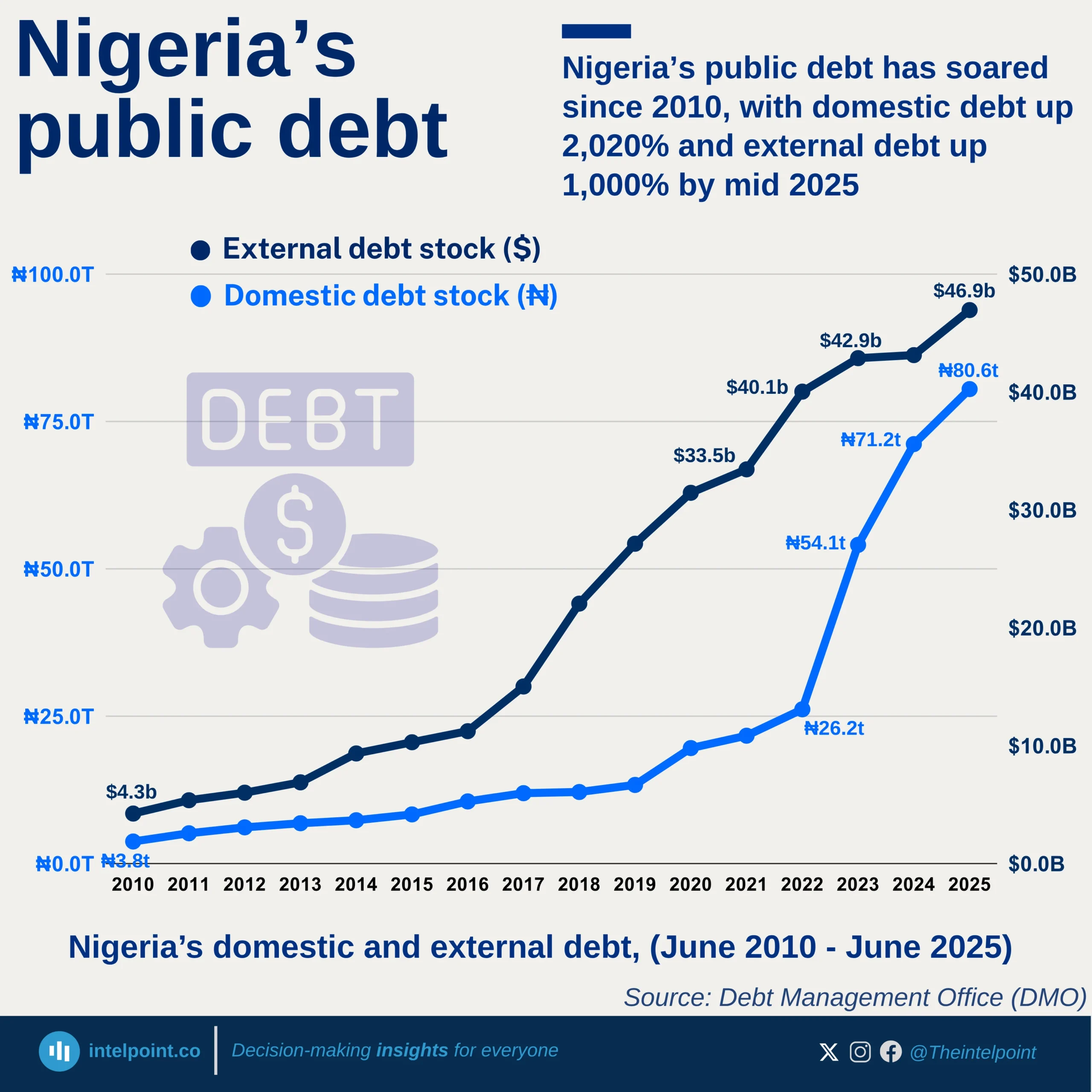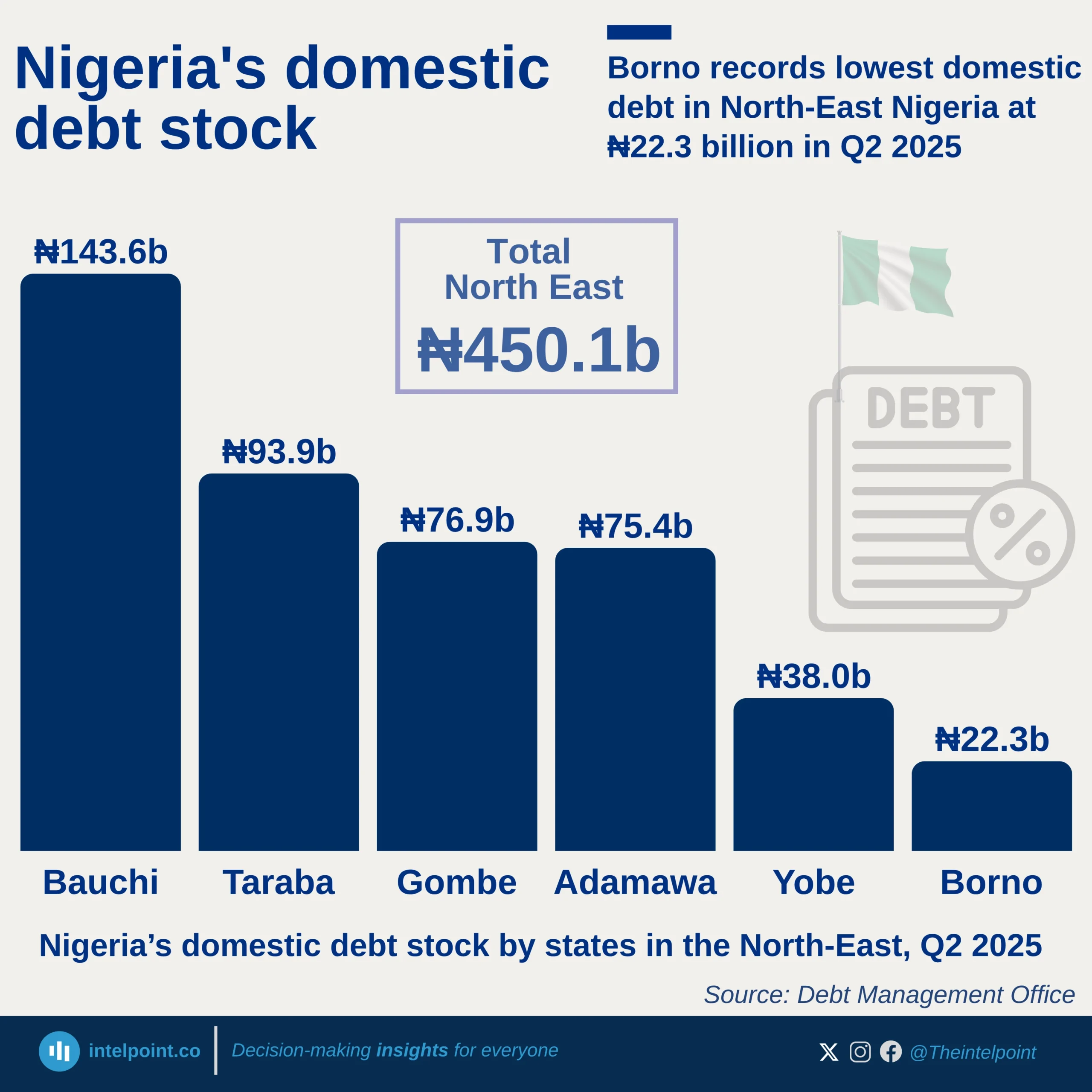In the first quarter of 2025, Nigeria’s insurance industry showed significant concentration in a few key sectors. Life insurance stood out as the primary driver of Gross Premium Income, pulling in ₦276.8 billion, a clear indicator of growing awareness and adoption of life insurance products. Oil and Gas, a traditionally robust sector, followed with ₦188.7 billion, reflecting its capital-intensive nature and high-risk exposure. The Fire and Motor segments also maintained relevance, together contributing over ₦169 billion. Meanwhile, niche sectors like Aviation and Marine trailed behind, suggesting opportunities for expansion and diversification.





